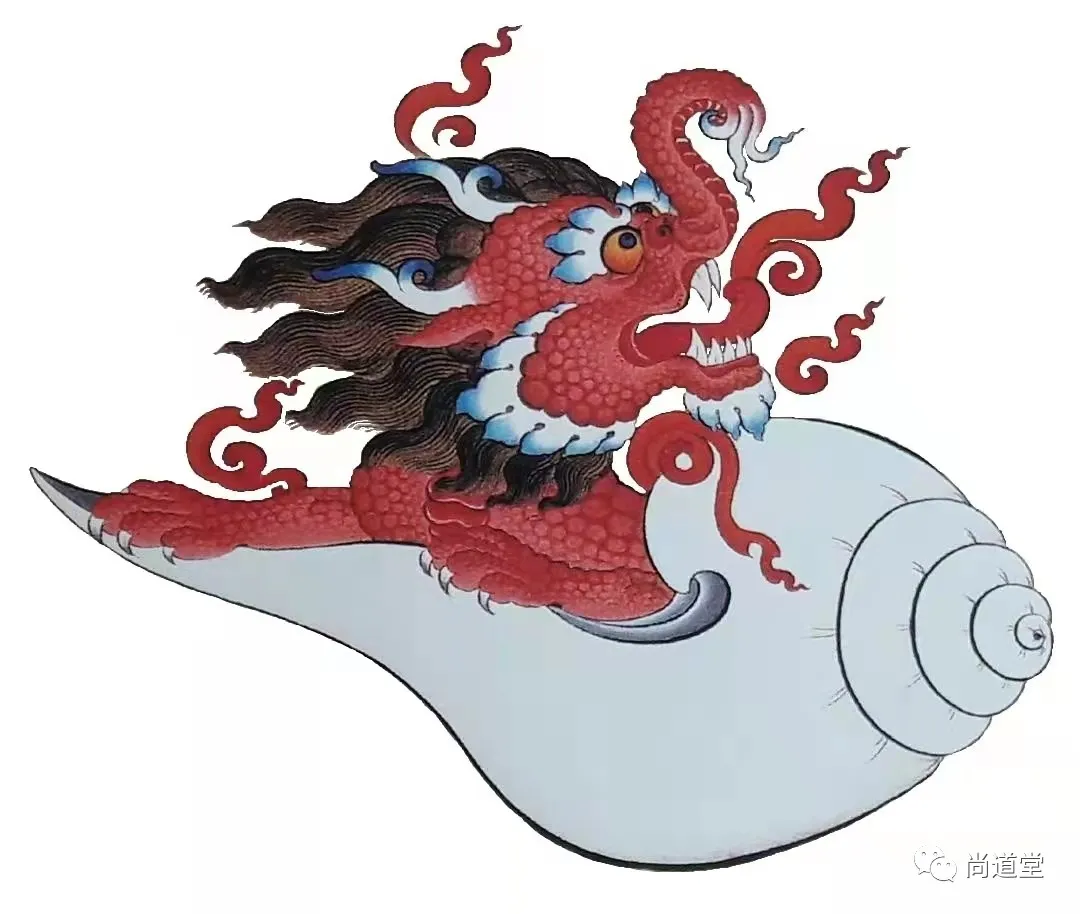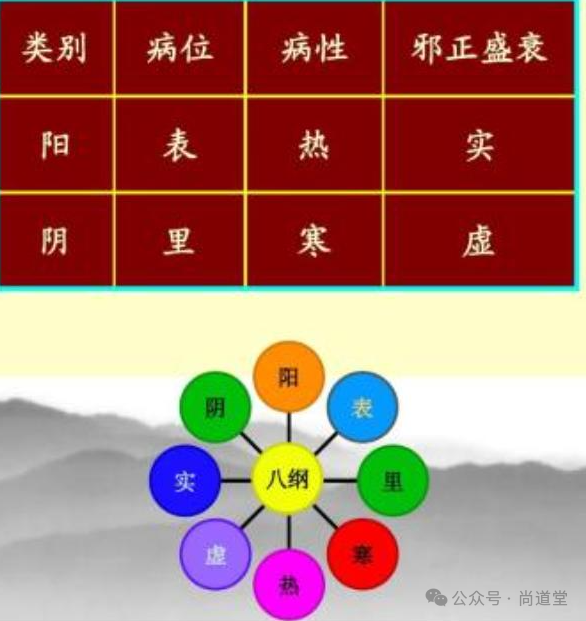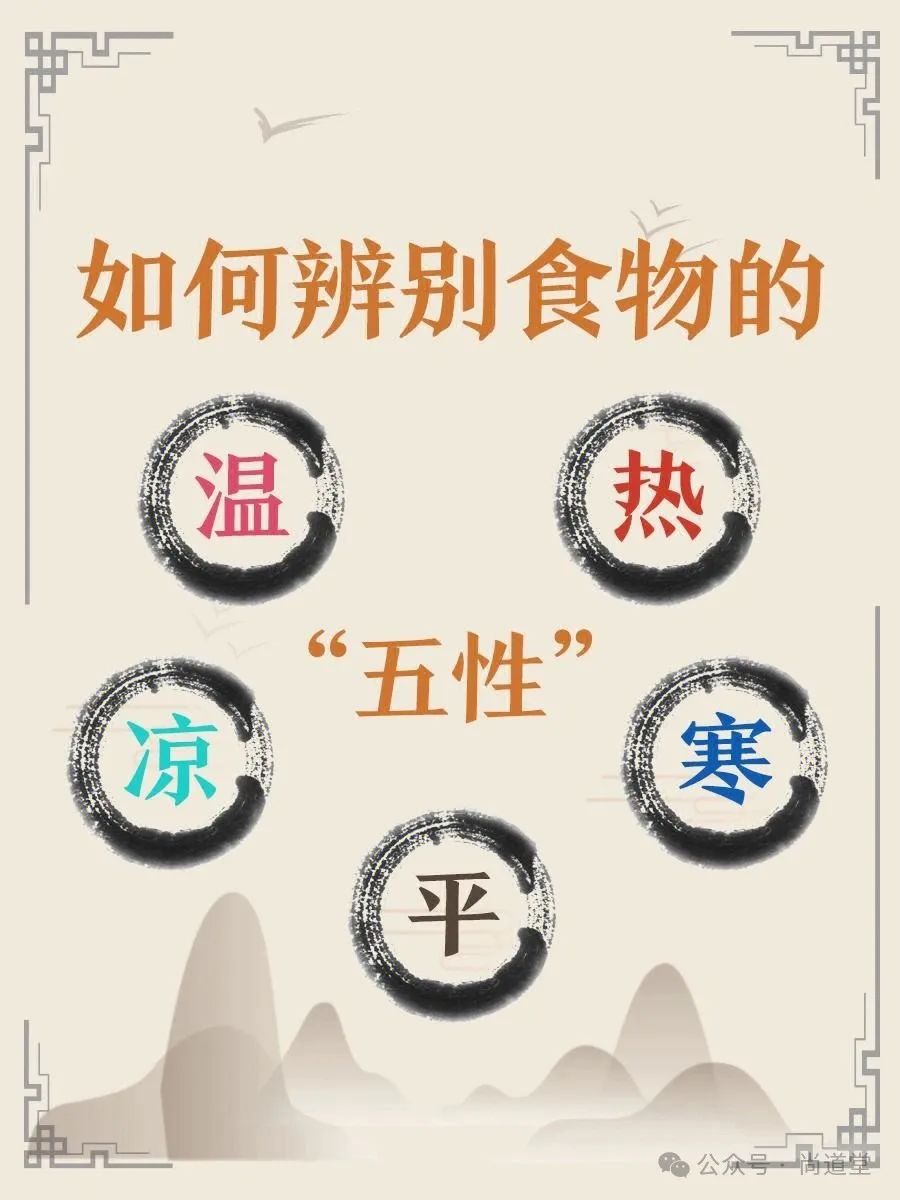



Taiji Luo Wanxiang

Diseases are numerous and complex, yet they all adhere to fundamental principles. Cold, heat, deficiency, excess, exterior, interior, yin, and yang—these eight terms encapsulate the essence of diagnosis. In diagnosis and treatment, we must firmly grasp these eight aspects to gain insight into the condition and clarify the treatment direction.

Distinction of Cold and Heat: Thirst or lack thereof, drinking habits, dietary preferences, emotional state, characteristics of urine and stool, and the pulse’s rate are all key indicators for determining cold and heat. For instance, if one is thirsty and prefers cold drinks, has short, red urine, and a rapid, strong pulse, this indicates a heat pattern; conversely, if one is not thirsty or only desires warm drinks, has clear, long urine, and a slow, weak pulse, this indicates a cold pattern.
Distinction of Deficiency and Excess: Presence or absence of sweating, distension and pain in the chest and abdomen, duration of illness, strength of constitution, and the pulse’s quality together form the basis for distinguishing deficiency from excess. For example, if there is no sweating during illness, persistent abdominal distension, pain that resists pressure, a new illness with a strong constitution, and a strong pulse, this indicates an excess pattern; whereas, if there is excessive sweating, abdominal distension that alleviates, pain that prefers pressure, a long-standing illness with a weak constitution, and a weak pulse, this indicates a deficiency pattern.
 Distinction of Exterior and Interior: Fever, chills, headache, nasal congestion, tongue coating, and the pulse’s floating or sinking are important clues for distinguishing between exterior and interior conditions. For example, fever with chills, headache, nasal congestion, no tongue coating, and a floating pulse indicate an exterior pattern; whereas tidal fever with a preference for heat, abdominal pain, dry mouth, yellow-black tongue coating, and a sinking pulse indicate an interior pattern.
Distinction of Exterior and Interior: Fever, chills, headache, nasal congestion, tongue coating, and the pulse’s floating or sinking are important clues for distinguishing between exterior and interior conditions. For example, fever with chills, headache, nasal congestion, no tongue coating, and a floating pulse indicate an exterior pattern; whereas tidal fever with a preference for heat, abdominal pain, dry mouth, yellow-black tongue coating, and a sinking pulse indicate an interior pattern.
Distinction of Yin and Yang: The distinction of yin and yang encompasses the above six principles and is more complex and profound. Heat, excess, and exterior are yang, while cold, deficiency, and interior are yin. However, within yin and yang, there are further distinctions; for instance, cold pathogens affecting the exterior represent yin within yang, while heat pathogens entering the interior represent yang within yin. The distinction between true yin and true yang is even more critical; for example, a rapid, weak pulse and rising deficiency fire indicate true yin deficiency, while a large, weak pulse and fatigue in the limbs indicate true yang deficiency.

However, the condition can change dramatically, and sometimes symptoms may contradict conventional patterns, such as preferring warm drinks in a heat pattern, desiring cold drinks in a cold pattern but being unable to drink, having loose stools in a heat pattern, or hard stools in a cold pattern. These are all manifestations of the changes in yin and yang, requiring careful differentiation and prudent treatment by the practitioner.
The Eight Principles of Diagnosis, while simple, are profound and must be applied flexibly in conjunction with the specific condition. This is the practitioner’s balance in treating illness, especially requiring early differentiation to formulate an accurate treatment plan.
Share with joy, and the merit is boundless.
Deceiving others is a calamity; being lenient is a blessing.
——【Elegant Phrase】
Let wisdom and compassion never cease!
